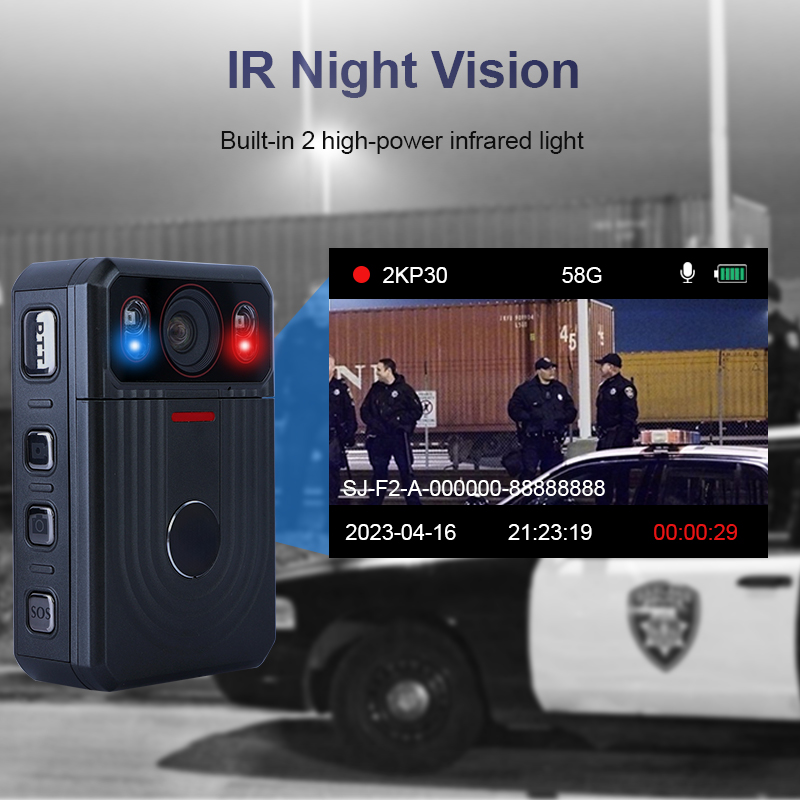Body worn cameras, also widely known as wearable cameras, were initially designed for use by law enforcement officers to record field situations and ensure transparency. However, with the continuous development and popularization of technology, the use of body worn cameras has been refined and expanded to multiple industries, providing a real-time, portable video recording service for various professionals.
First and foremost, police departments and law enforcement agencies are the primary users of this device. The body worn camera has played a crucial role in handling criminal incidents, collecting evidence, and even preventing police abuses or public misunderstandings of police behavior. It offers a new approach to impartially and objectively record and preserve the circumstances of these incidents.

Simultaneously, in the medical field, body worn cameras can play an essential function. Emergency doctors and nurses can use this device to record and review the treatment process and patient responses, especially critical in high-pressure and fast-paced emergency scenarios.
Education can also draw from the use of body worn cameras. Teachers can use such equipment to record classroom situations, and reviewing these videos can help improve the quality of teaching and provide a direct basis for external evaluation.
The transportation industry, particularly public transportation, is also increasingly needing body worn cameras. Bus drivers or taxi drivers can use this device to record passenger behavior and road conditions, providing evidence for accident compensation and ensuring fairness.
In the sports arena, body worn cameras are becoming increasingly popular. Body-mounted cameras can provide a first-person perspective, not only helpful for athletes to review and improve their skills, but it also provides an immersive viewing experience for spectators.
Moreover, for journalists and reporters, body worn cameras, as a compact, easy-to-carry device, can conveniently record and broadcast real-time news, especially in adverse conditions or live reports.
The examples above are just a few uses of body worn cameras. Almost any industry that needs to record videos, optimizes service, or enhances professional transparency and fairness can benefit from them. As technology continues to evolve, we can predict that in the future, body worn cameras will be applied more broadly, bringing more convenience and protection to our work and life.
This article summarizes the extensive use of body worn cameras across various industries, which is enough to see, it's not just a law enforcement tool, but a versatile utensil in multiple industries. With the constant advancement of technology, we have reason to expect that body worn cameras will play a broader and deeper role in the future.


 French
French German
German Arabic
Arabic Italian
Italian Spanish
Spanish Japanese
Japanese Persian
Persian Korean
Korean Chinese (Simplified)
Chinese (Simplified)









